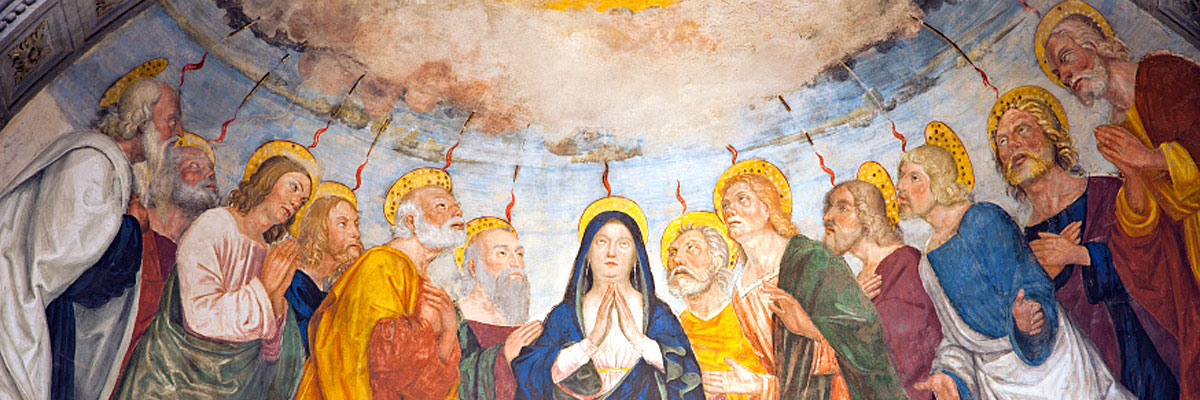
Understanding Our Church
A Treasury of Arkansas Writers Discussing the Catholic Faith
Official Website of the
Catholic Diocese of Little Rock
Church’s saint-making process has evolved into a formal procedure
Published: December 6, 2003
By Charles T. Sullivan
The beatification of Mother Teresa on Oct. 19 has helped to spark a renewed interest in the Church’s saint-making process. Although every person who reaches heaven is a saint, over the course of 20 centuries, the Church has officially declared a relatively small number of holy men and women to be in the eternal, beatific presence of Almighty God.
In our Catholic tradition, the Church’s belief in the communion of saints is a necessary component to understanding and appreciating the theology behind the processes of beatification and canonization. From the very beginning, the community of believers demonstrated great respect and admiration for those who lost their lives (martyrs) because of or in defense of the Christian faith.
Over time, the Church commemorated the anniversary of these martyrs’ deaths as joyful occasions. Eventually, non martyrs whose earthly lives exhibited extraordinary holiness were added to the growing list of “unofficial” saints and the faithful were encouraged by Church authorities to seek their intercession.
While the pious devotion and veneration of lay believers usually initiated the cause, bishops gradually assumed responsibility for making formal declarations regarding sainthood. By the 12th century, the process of declaring one a saint had become formalized; the pope, in his role as chief pastor, became the ultimate arbiter and supreme authority.
In 1983, Pope John Paul II streamlined the procedure and established the Sacred Congregation for the Causes of Saints to assist him in the work of confirming new saints — with a purposeful focus on finding worthy candidates from developing countries and cultures. The initial step on the road to canonization is what is called the “Ordinary Process.”
This is a formal inquiry instituted by the bishop of the diocese where the candidate lived. Without special papal intervention, the bishop and his investigative team must wait at least five years after the death of the candidate before the cause can be undertaken. During this inquiry, the person’s life and writings are investigated, as well as any alleged miracles brought about through his or her intercession.
Next, the documentation is forwarded to the sacred congregation in Rome (“Apostolic Process”) where the case is formally opened and the candidate’s life and writings are carefully re-examined. One very important question considered is whether or not the individual has a reputation for holiness that arouses the devotion of the faithful.
If all is in order and evidence of at least one miracle achieved through the intercession of the candidate is authenticated, the congregation accepts the case as worthy and grants its seal of approval on the documentation, declaring the person venerable. If the pope is convinced of the candidate’s holiness and worthiness as a role model for the faithful, he will declare the candidate blessed (beatified) and in heaven.
This step is the usual precursor for canonization. In order to be canonized, at least one more miracle must be attested. Once confirmed, the sacred congregation recommends to the pope that the cause for sainthood be completed which culminates in the official declaration that the person is indeed a saint in heaven whose veneration is proper for the entire Church.



